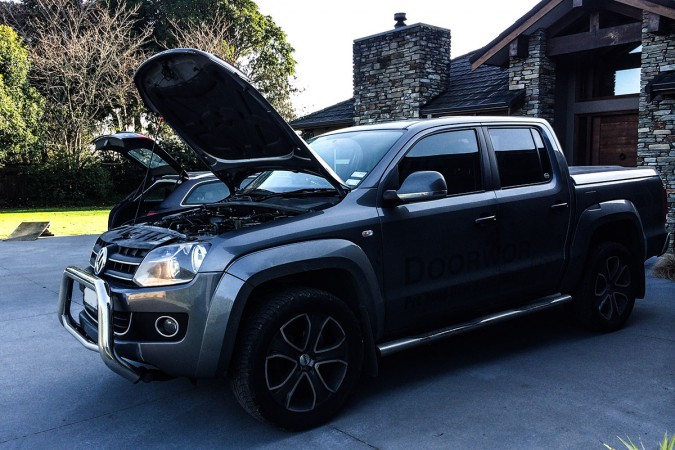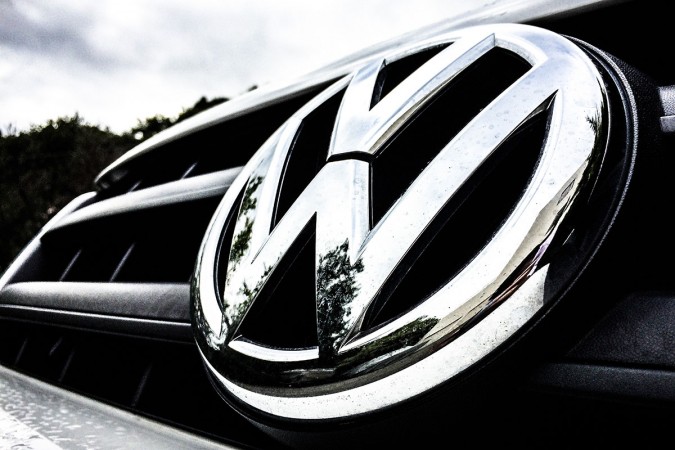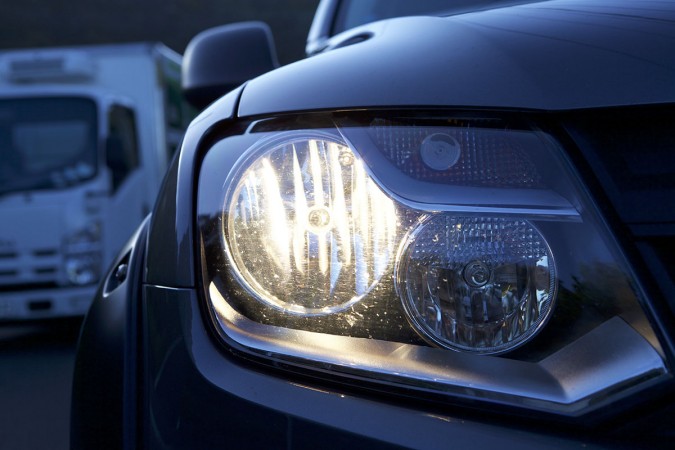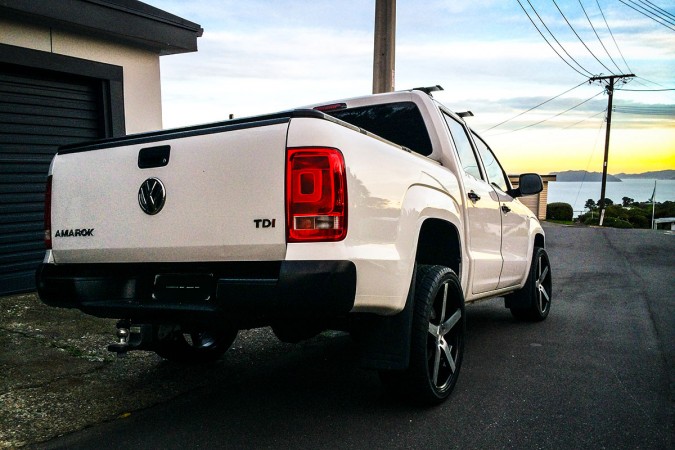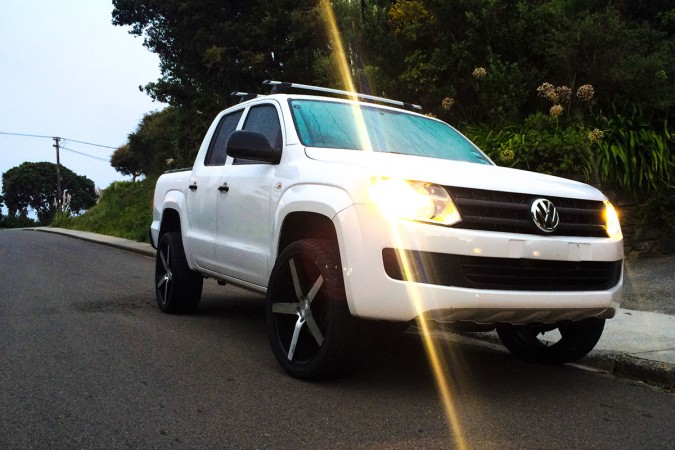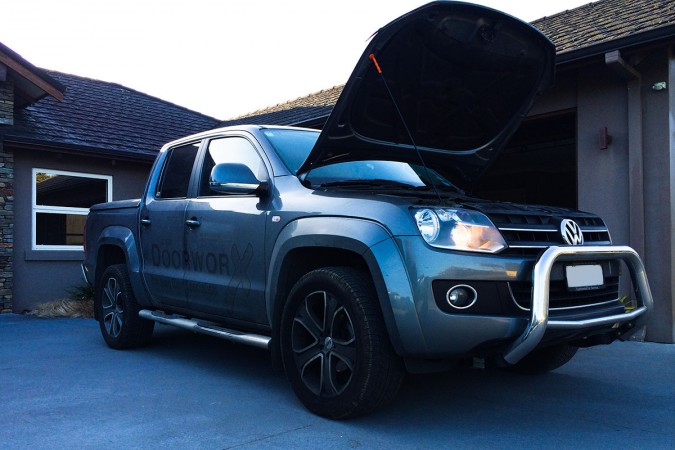Volkswagen Amarok
The Amarok is one of the most under-estimated players out there. That goofy, skinny guy on the rugby field with the awkward smile, and funny hair... But when the game starts he suddenly becomes a blur and takes it all. And then, instead of taking all the credit to inflate his ego, he keeps it nice and humble. We love it for the light-hearted everyday hero that it is. That playful 2-liter bi-turbo engine generates 177HP and 420N.m...not too bad, aye? But why not to help this slim fella' with some extra biceps to get the spotlight he deserves: 33HP on top of the factory 177Hp and 80N.m extra (factory 420N.m) takes him all the way to the 500N.m league. There you go champ, now you cast a real shadow on your team-mates
Full Specifications
| year: | 2010 - present |
| make: | Volkswagen |
| model: | Amarok (HL) |
| series: | TDi |
| engine: | 2.0 intercooled bi-turbo |
| ECU: | Bosch |
| power: | 177 HP |
| torque: | 420 N.m |
what you get
- We can add 32HP to the factory 177HP - resulting 209HP
This helps the car in maintaining the top legal speed, which is typically a challenge for any vehicle on a hilly road. This is a result of horsepower utilization at the high end. - We can add 90N.m torque to the factory 420N.m - resulting 510N.m Currently, a strength of modern diesel is torque. The vehicle will have heaps more grunt down low, will have more aggressive city drivability, especially at intersections, green lights, etc. In addition also better towing abilities since torque is responsible for getting the dead weight moving until you reach travel speeds.
- We can extend the dynamic RPM range which is responsible for delivering maximum power and torque in specific revs. By widening this range, the engine will have no chance to get outside of the top performing torque range, meaning no more lag while shifting gears.
- We’d also recommend increasing the boost pressure, optimizing the acceleration mixtures by adjusting certain parameters: aka Air Fuel Ratio (AFR), keeping Exhaust Gas Temperature (EGT) down and injection duration. These will ultimately give you that smooth power delivery that you’re after throughout the whole RPM range.
fuel efficiency
Fuel consumption is another beast altogether and since everyone loves fuel efficient vehicles it’s worth to mention how and why engines can save dollars. There are 5 main factors that determine fuel consumption and these are:
- engine controlling maps in ECU software
- condition of engine
- customized rims and tyres
- driver’s driving style
- terrain
How it is done
Click if you are interested in the detailed procedure...
Your Beast's is Engine Control Unit (ECU) has 3 protection layers.
- a 16 bit password
- locked OBD port
- encrypted file system
- removing the ECU
- establishing a connection to ECU
- taking a full backup of the map files (recovery point)
- modifying the map files (the actual tuning process)
- uploading the map files to the ECU
- re-fitting the ECU
- test driving
cost of service
NZ$ 1150
Payment is done on job completion – after making sure that you’re happy with the result. It excludes GST. FYI, we do accept Credit Cards, but there's a 3.95% surcharge for it.
